There’s a reason the novel The Talented Mr. Ripley occurs on the Amalfi Coast and that the film adaptation was filmed in Positano. The entire story hinges upon the prodigal (and privileged) son who refuses to return home to “subways and taxis and starched collars and a nine-to five job,” preferring to stay within the endless summer of the Amalfi Coast: “It isn’t as much fun as sailing a boat in old clothes and being answerable to nobody.” It may have cost the fictional character his life, but he wasn’t wrong. There’s something addictive and thrilling about the idea of the coastal village of Positano, a world of Aperol spritzes, sailboats, private beaches and Caprese salad (invented, of course, in nearby Capri)
Positano (Campanian: Pasitano) is a village and comune on the Amalfi Coast (Province of Salerno), in Campania, Italy, mainly in an enclave in the hills leading down to the coast.
The first evidence of a settlement in Positano dates back to the Upper Palaeolithic, when the “Grotto La Porta” was frequented by gatherers and hunters. This small cave, located at 120 m. o.s.l. and at 10 m. on the highway, it was a very wide time of which it is still possible to distinguish the terminal part and two niches. In 1955, Antonio M. Radmilli (University of Pisa) organized several surveys to identify prehistoric visits, both on the surface and in some caves. During the excavations, several fossils emerged, some of which are malacological like shells of molluscs, while the fauna is represented by the remains of mammals (wild boar, ibex, deer and roe deer), birds, amphibians and fish. The findings made it to be assumed that the people who frequented the caves had an economy based mainly on the collection of molluscs, while hunting for birds and mammals was rather marginal.
The first archaeological evidence dates back to the first century BC, when luxurious Roman villas were built on the coast of the Sorrento Peninsula. In Positano, one occupied the bay and the other extended on the island of the Long Rooster, “a typical example of how even more hidden spaces of a wild coast were used in the Claudian age without even respecting the rocks that, according to legend, would have served as the home of the sirens”. These villas belong to the “dispersed type”, that is, formed by different structures not grouped together, delimited by gardens. The names of the owners are not yet known, but they are certainly elitist contexts. The Villa di Positano was described for the first time by Karl Weber in 1758, who then oversaw the excavations in Herculaneum and Pompeii. At the beginning of the 1900s, Mingazzini and Pfister carried out some essays to better understand the structure of both the bay of Positano and the Gallo Lungo. Maiuri describes some remains, still visible in the 1960s, as a peristilium of stuccoed brick columns. The complex has been the subject of systematic excavations since 2003, which have affected the area below the Oratory of the Santa Maria Assunta Church and, the site was inaugurated on 18 July 2018, with the name of MAR (Roman Archaeological Museum) Santa Maria Assunta Positano.
Positano became a wealthy market port from the 15th to 17th century and has only continued to grow in popularity over time. Back then they traded food such as fish and other resources.
Positano was a port of the Amalfi Republic in medieval times, and prospered during the sixteenth and seventeenth centuries. By the mid-nineteenth century, however, the town had fallen on hard times. More than half the population emigrated, mostly to America.
Positano was a relatively poor fishing village during the first half of the twentieth century. It began to attract large number of tourists in the 1950s, especially after John Steinbeck published his essay about Positano in Harper’s Bazaar in May, 1953: “Positano bites deep”, Steinbeck wrote. “It is a dream place that isn’t quite real when you are there and becomes beckoningly real after you have gone.”
Museum-quality posters made on thick and durable matte paper. Add a wonderful accent to your room and office with these posters that are sure to brighten any environment.
• Paper thickness: 0.26 mm (10.3 mil)
• Paper weight: 189 g/m² (5.57 oz/y²)
• Opacity: 94%
• ISO brightness: 104%
• Giclée printing quality
• 21 × 30 cm posters are size A4
• Blank product sourced from Japan
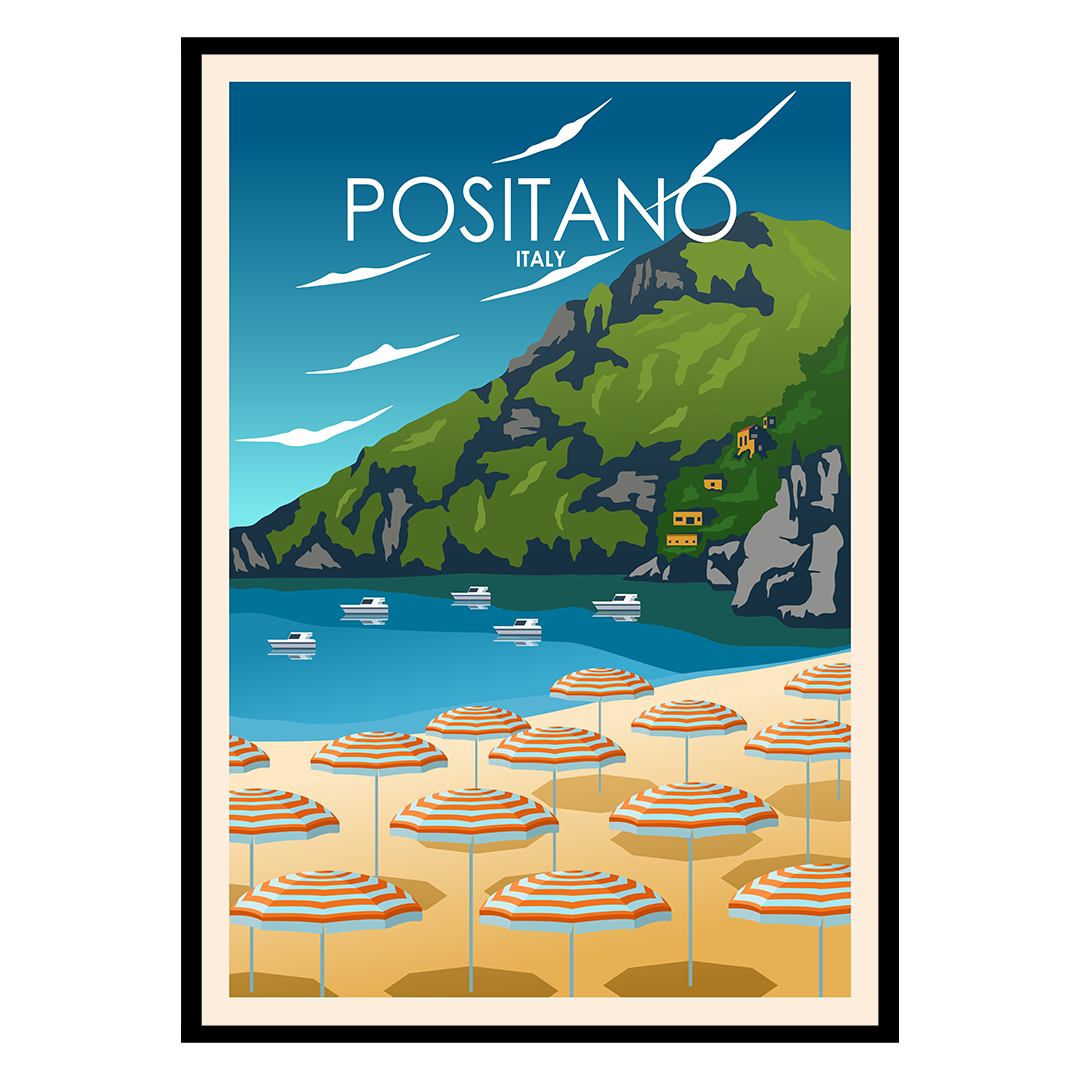
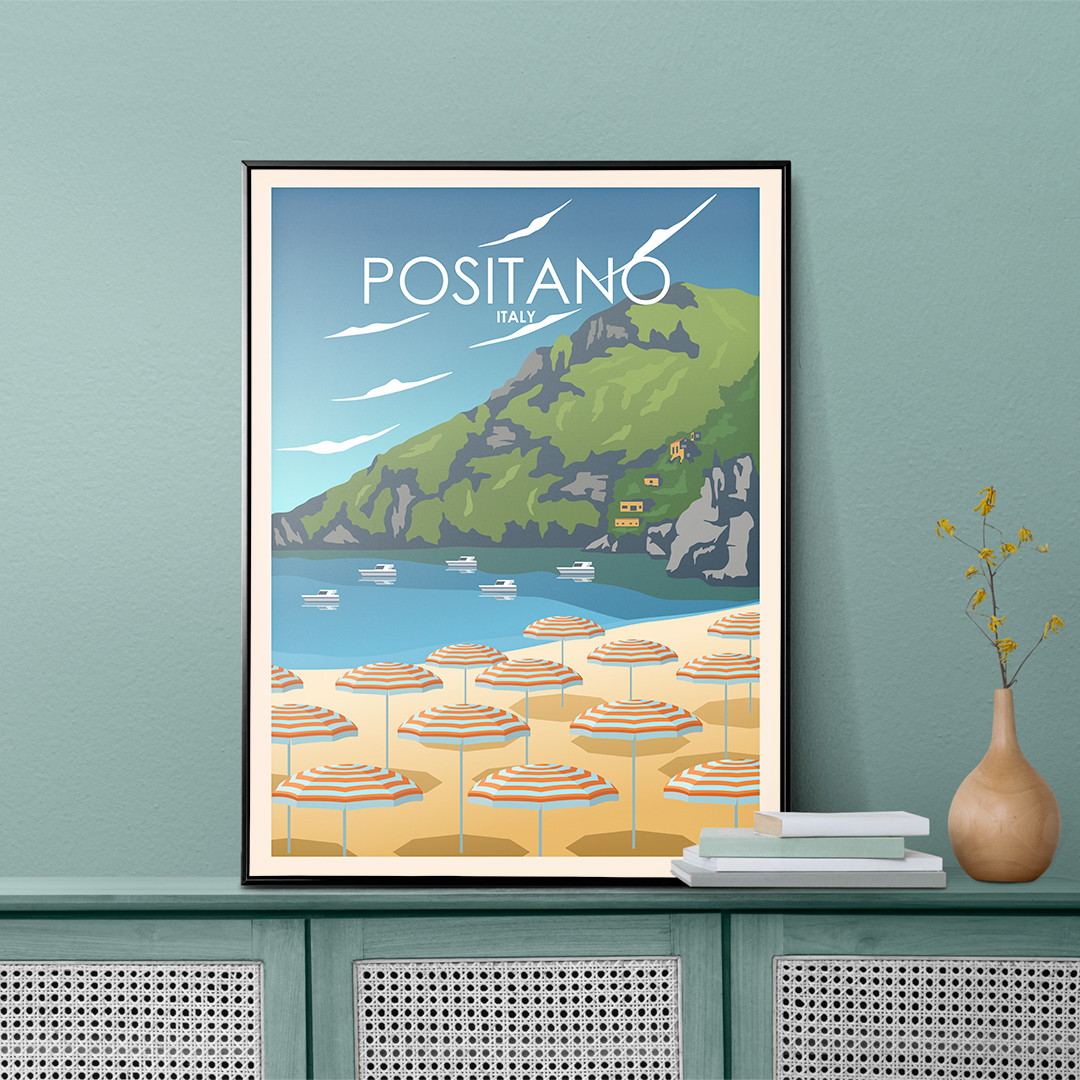
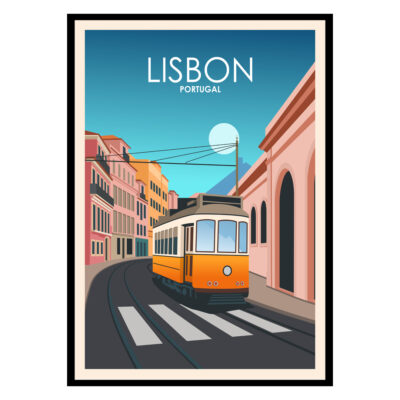
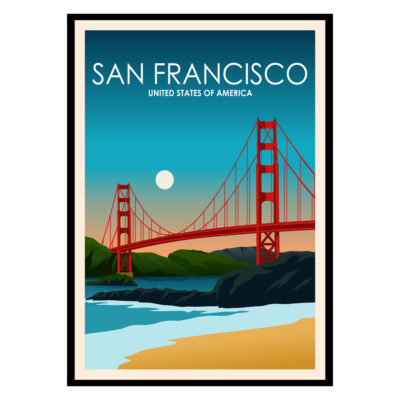
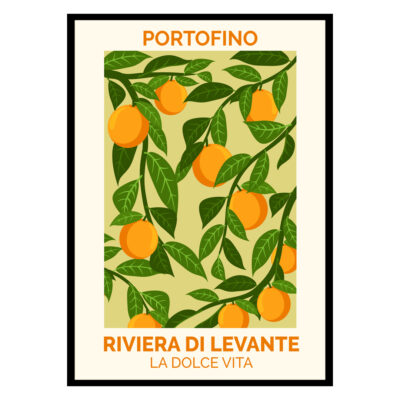
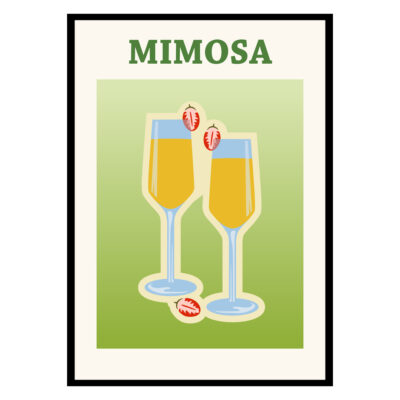
There are no reviews yet.